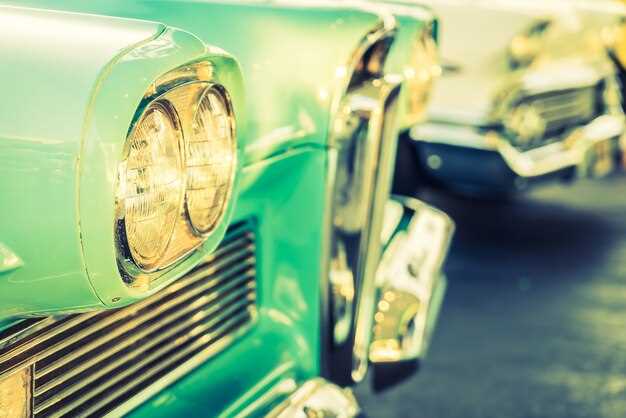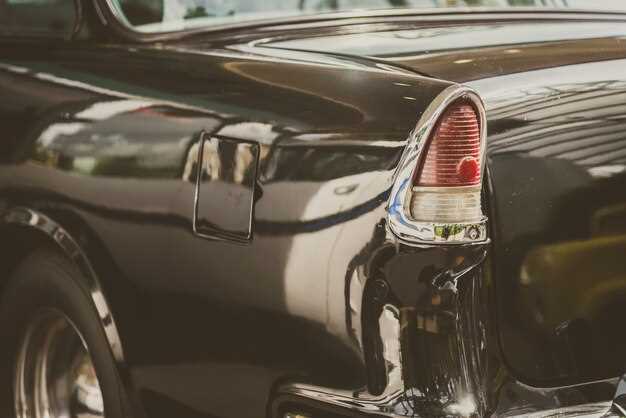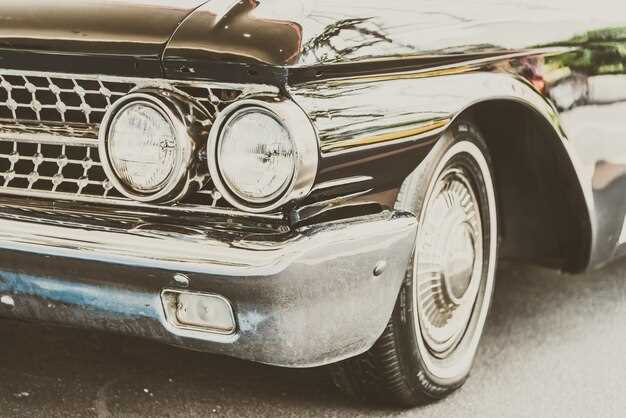
The world of classic cars has long been synonymous with passion, nostalgia, and investment. For car enthusiasts and collectors alike, these vehicles represent more than just transportation; they embody a rich history and enduring craftsmanship. Auctions dedicated to classic cars serve as a battleground where automotive masterpieces fetch astonishing prices, often reflecting both their rarity and cultural significance.
As the market for classic cars continues to evolve, certain models have emerged as standout examples that command extraordinary sums. These iconic vehicles not only narrate tales of engineering excellence but also resonate with buyers’ emotional connections to the eras they represent. From vintage muscle cars to elegant sports cars, the auction landscape showcases a diverse array of classic automobiles, each with its own unique allure.
This article will delve into some of the top classic cars that have achieved remarkable auction prices, highlighting not only their monetary value but also the stories behind them. By examining these standout sales, we gain insight into the factors that drive demand in the classic car market and why these timeless machines continue to capture the hearts and wallets of collectors around the globe.
Record-Breaking Sales: Which Classic Cars Fetch the Highest Bids?

In the world of classic cars, certain models have achieved legendary status and command astonishing prices at auction. The allure of vintage vehicles, combined with their historical significance, rarity, and condition, results in record-breaking sales that captivate collectors and enthusiasts alike.
One of the standout examples is the 1955 Ferrari 410 Sport Spider, which sold for an impressive $22 million at a recent auction. This specific model, driven by the legendary Juan Manuel Fangio, showcases the pinnacle of performance and design from the golden era of racing. Its blend of racing pedigree and rarity makes it a sought-after piece for collectors.
Another remarkable sale occurred for a 1937 Talbot-Lago T150-C-SS Teardrop Coupe, fetching around $13.4 million. This stunning car is celebrated for its Art Deco styling and limited production, representing the perfect marriage of aesthetic appeal and engineering excellence.
The 1962 Ferrari 330 TRI/LM Spider also made headlines, selling for $14 million. Capturing the essence of Ferrari’s racing history, this model participated in numerous prestigious events and is a symbol of the brand’s legacy in motorsports.
In addition to these iconic models, the 1957 Porsche 356 A 1500 GS Carrera Speedster has achieved high bids, selling for about $1.7 million. Its lightweight construction and spirited performance have made it a beloved option among Porsche enthusiasts, illustrating the wide appeal of classic sports cars.
These record-breaking auctions not only highlight the financial value of classic cars but also reflect their cultural significance. Each vehicle tells a story, representing a unique chapter in automotive history and appealing to collectors who are eager to own a piece of that legacy.
Market Trends: How Auction Prices Reflect Classic Car Demand
The classic car market has experienced significant fluctuations over recent years, reflecting broader economic conditions, consumer preferences, and collector interests. Auction prices serve as a barometer for demand, illustrating which models and brands resonate most with buyers. A surge in prices for certain vehicles often signals a burgeoning interest in specific eras or styles, while declines can indicate a shift in collector focus.
Key factors influencing auction prices include rarity, provenance, and condition. Highly sought-after models, particularly those with historic significance or limited production runs, fetch premium prices. Iconic brands like Ferrari, Lamborghini, and Porsche consistently command high auction bids due to their established legacy and desirability among collectors. Conversely, more common models may see stable but lower price points, indicating a more saturated market.
Economic conditions also play a crucial role in auction dynamics. During periods of economic prosperity, buyers are more willing to invest in luxury items, leading to increased bids. Conversely, economic downturns typically result in a cooling of demand, with prices reflecting the uncertainty in disposable income. The global market has become increasingly interconnected, with international bidders influencing prices and demand, particularly for unique models.
Emerging trends indicate a growing interest in electric and hybrid classic cars, reflecting a shift towards sustainability within the collector community. As younger generations take up collecting, they bring new preferences that can dramatically impact auction prices. This evolution is evident in the auction results, where a handful of electrified classics have begun to fetch impressive sums, indicating a potential future trend within the classic car market.
Overall, auction prices not only reflect current demand but also help to shape the future landscape of classic car collecting. Observing these trends provides valuable insights for both collectors and investors looking to navigate the complex and ever-changing market.
Investment Insights: Are Classic Cars a Smart Asset for Collectors?

As the market for classic cars continues to evolve, many collectors and investors are assessing whether these vehicles represent a viable asset class. Several factors contribute to the assessment of classic cars as smart investments:
- Appreciation Potential: Classic cars can appreciate significantly over time, often outperforming traditional investments such as stocks and bonds. Certain rare models, especially those with historical significance, can see their values skyrocket.
- Diversification: Adding classic cars to an investment portfolio provides diversification. This can protect collectors against market volatility associated with other asset classes.
- Cultural and Historical Value: Many classic cars have rich histories and represent specific eras in automotive design, attracting passionate collectors willing to pay a premium for authenticity and condition.
However, potential investors should consider the following aspects before diving into the classic car market:
- Market Research: Understanding which cars hold value and which models are likely to depreciate is crucial. Enthusiast forums, auction results, and market trends can guide informed decisions.
- Maintenance Costs: Continuing expenses for restoration, maintenance, and storage can significantly impact overall profitability. Collectors must weigh these costs against potential gains.
- Liquidity: Unlike stocks, selling a classic car can take time and may not always yield immediate returns. It’s essential to consider how quickly an asset can be liquidated.
In conclusion, classic cars can indeed be a smart asset for collectors, provided they approach investments with a strategic mindset. With careful selection, ongoing research, and an understanding of associated costs, classic cars can enhance both personal enjoyment and financial portfolios.
